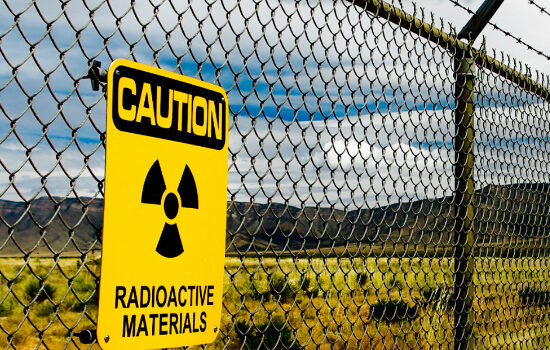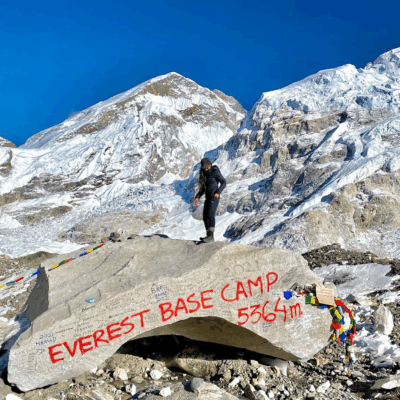TL;DR
- Atomic tourism means visiting places tied to nuclear history. Think test sites, museums, accident zones, bunkers.
- It’s about understanding how humanity entered the atomic age.
- This travel isn’t just morbid curiosity. It educates people on technology’s sharp double edge. It honors lives changed by nuclear events. And it helps preserve important memories.
- Places like Trinity Site (first atomic bomb test), Nevada Test Site (Cold War experiments), and Bikini Atoll (where a fleet rests underwater) offer real, tangible lessons. So do museums and historic labs.
- Visiting these spots takes some planning. It also brings up ethical questions.
Why Atomic Tourism Matters
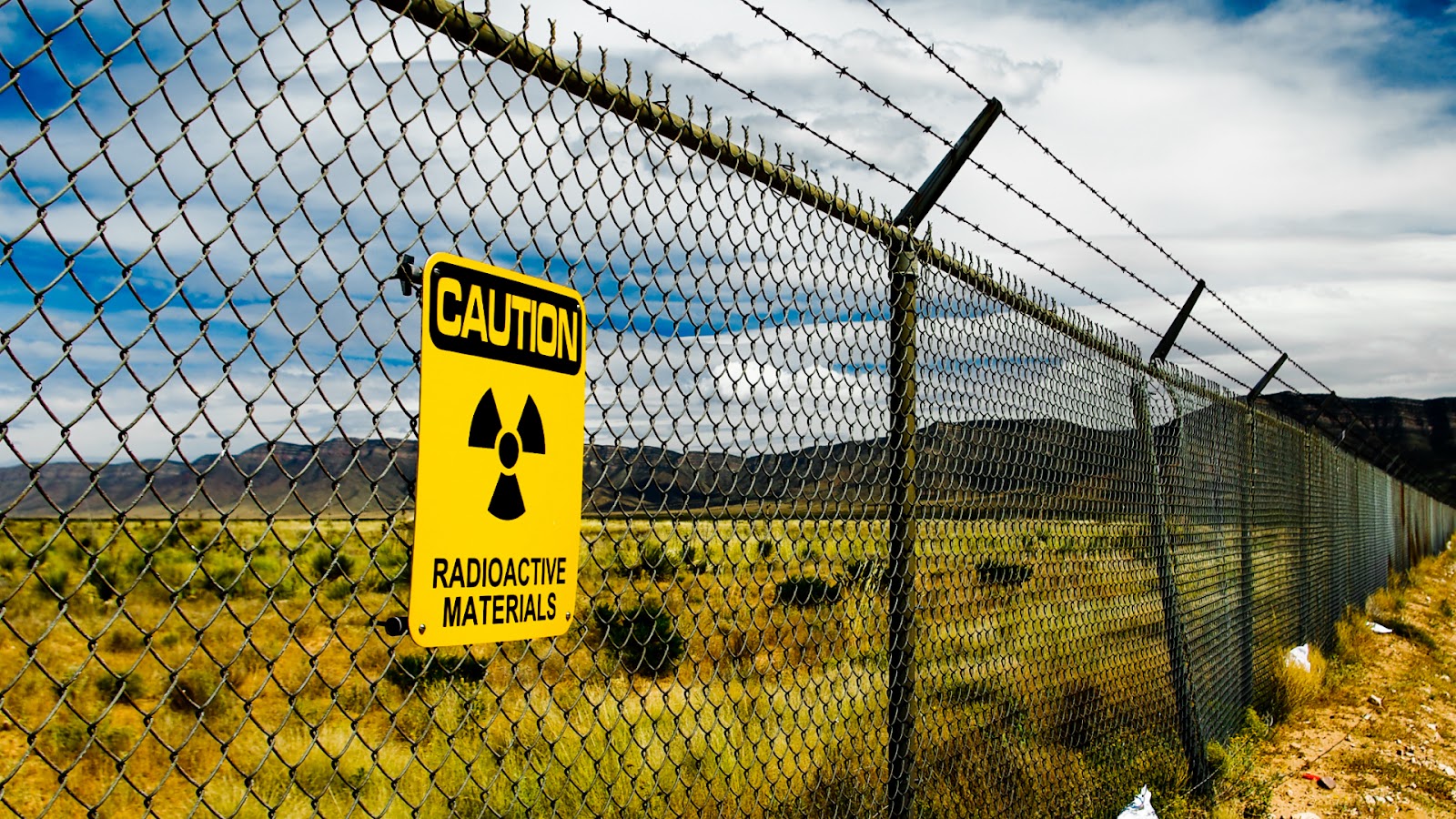
America’s nuclear past remains visible. You find it in concrete structures, steel frames, museums, and memorials. These are spots where history happened, where atomic power first emerged. Millions visit each year. They come looking for answers, understanding, or just to see where humanity entered the atomic age.
Atomic tourism means going to places tied to nuclear history. Think test sites, research labs, accident areas, monuments. It’s not just sightseeing. These trips educate people about our nuclear past. They also honor those touched by atomic power’s more troubling moments.
Some folks wonder if visiting crosses an ethical line. Is it just voyeurism dressed up as learning? But many experts see good reasons for these sites. They keep memories alive. They teach hard lessons. They remind us technology cuts both ways.
Ground Zero: Where It All Began
Trinity Site, New Mexico
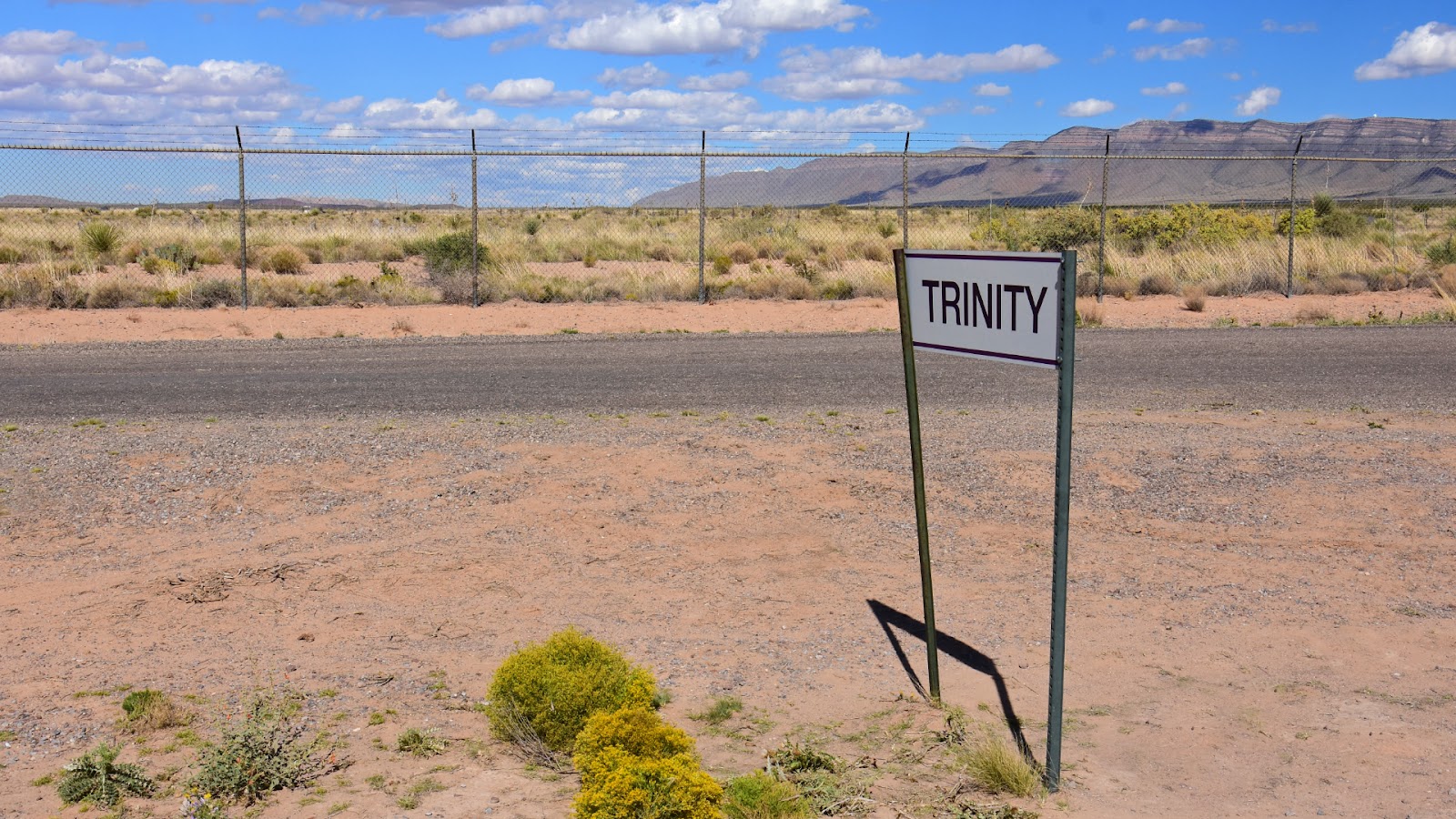
July 16, 1945 changed everything. That’s when scientists set off the first atomic bomb at Trinity Site in New Mexico. It forever changed our world. This remote desert spot opens to people only two days each year, in April and November.
Standing at ground zero feels strange. A simple obelisk shows where “Gadget” exploded. Its blast equaled 21,000 tons of TNT. People can take pictures of a bomb replica and check out a small museum. It’s free to visit, but get there early – crowds form fast.
Trinitite, green glass made when the blast melted sand, used to cover the ground. Most got taken away, but you can still spot small bits. Rangers tell what happened that morning, when the sky flashed brighter than the sun.
Visiting Trinity Site:
- Open just two days yearly: one Saturday each in April and November.
- Entry is free.
- Arrive early; lots of people show up.
- See a bomb replica and a small museum.
- Look for bits of Trinitite glass on the ground.
- Rangers share stories about the test day.
Nevada Test Site
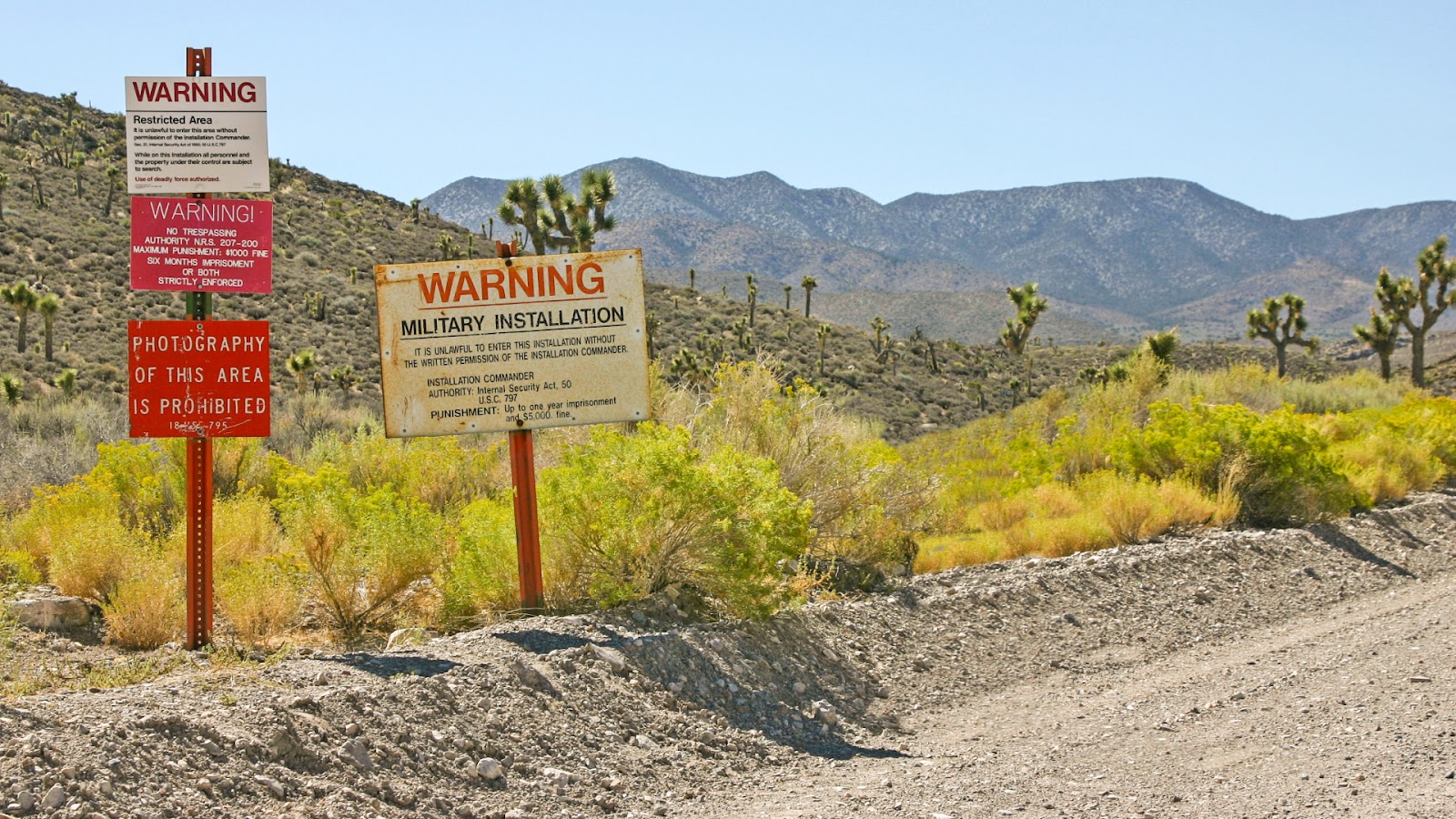
For over forty years, the Nevada Test Site hosted 928 nuclear explosions. This huge area, bigger than Rhode Island, served as America’s main spot for testing atomic weapons. Monthly tours give a rare look into Cold War history.
“Doom Town” stands out as the most eerie spot. Scientists built fake neighborhoods here. They included houses, cars, and mannequin families. Their goal was studying how nuclear blasts affected suburban areas. Today, people can explore blast-damaged structures. They also see a Mosler vault that withstood a 37-kiloton explosion.
Planning is essential for these tours:
- Booking often needs to happen months in advance.
- The Department of Energy runs the trips.
- Buses are provided for transport.
- Security clearance is mandatory.
- Visitors sign waivers acknowledging tiny radiation risks.
Bikini Atoll, Marshall Islands
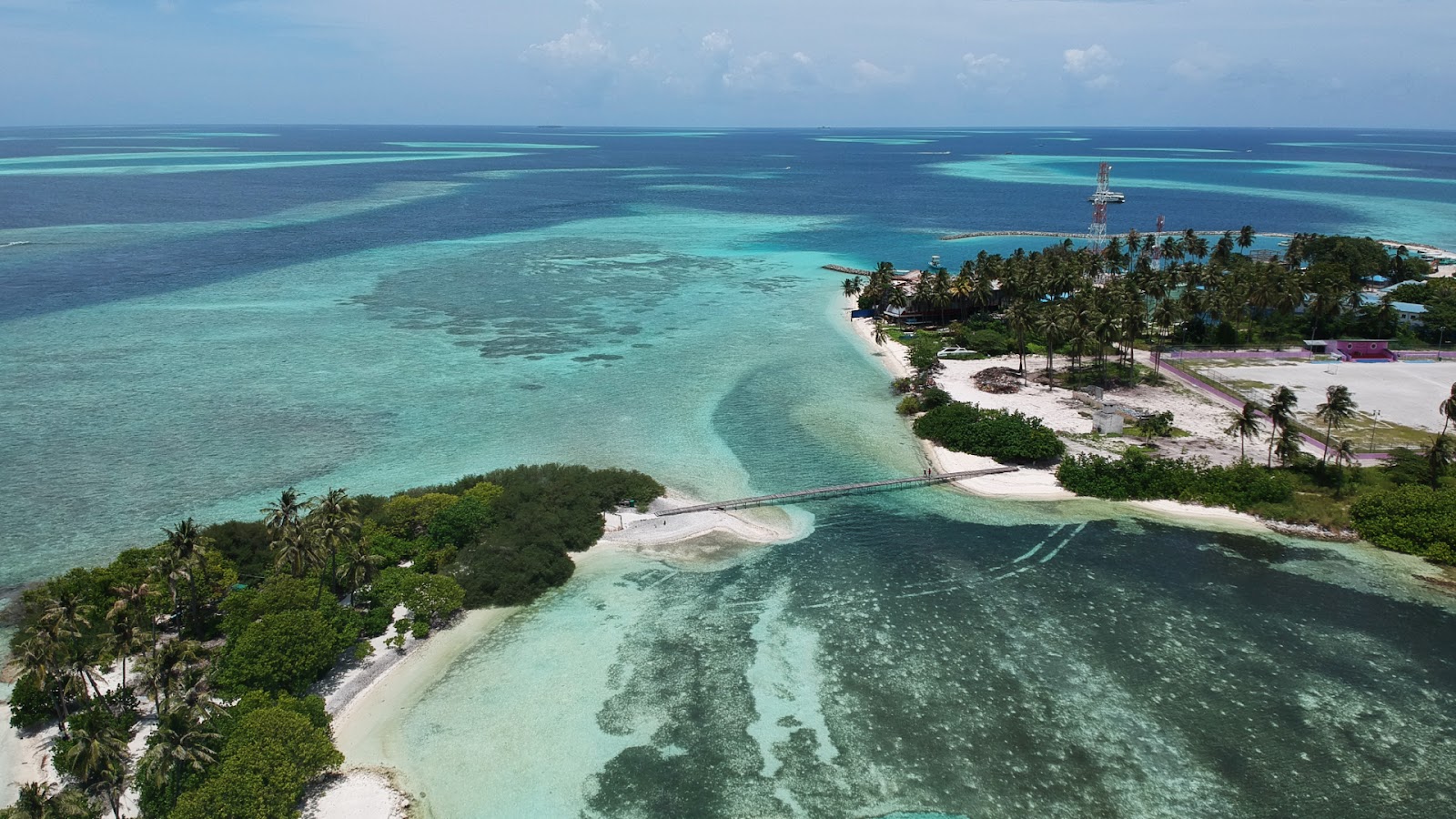
For over a decade starting in 1946, the U.S. conducted 23 nuclear tests here. This Pacific paradise became radiation-scarred. Castle Bravo’s 1954 blast stands out—it was the biggest U.S. test ever, packing a punch 1,000 times stronger than Hiroshima’s bomb.
Divers now explore this underwater graveyard. A giant aircraft carrier, USS Saratoga, sits on the lagoon floor. Other warships sunk during Operation Crossroads rest nearby. These aren’t beginner dives. Strong currents and extreme depths test even skilled divers.
Getting there isn’t easy:
- Access remains very restricted.
- Only a handful of tour companies run trips.
- Costs run quite high.
But for those reaching Bikini Atoll, swimming past radioactive coral and sunken relics offers a powerful, direct link to atomic age history. It’s pretty unforgettable.
Museums and Research Centers
Los Alamos, New Mexico
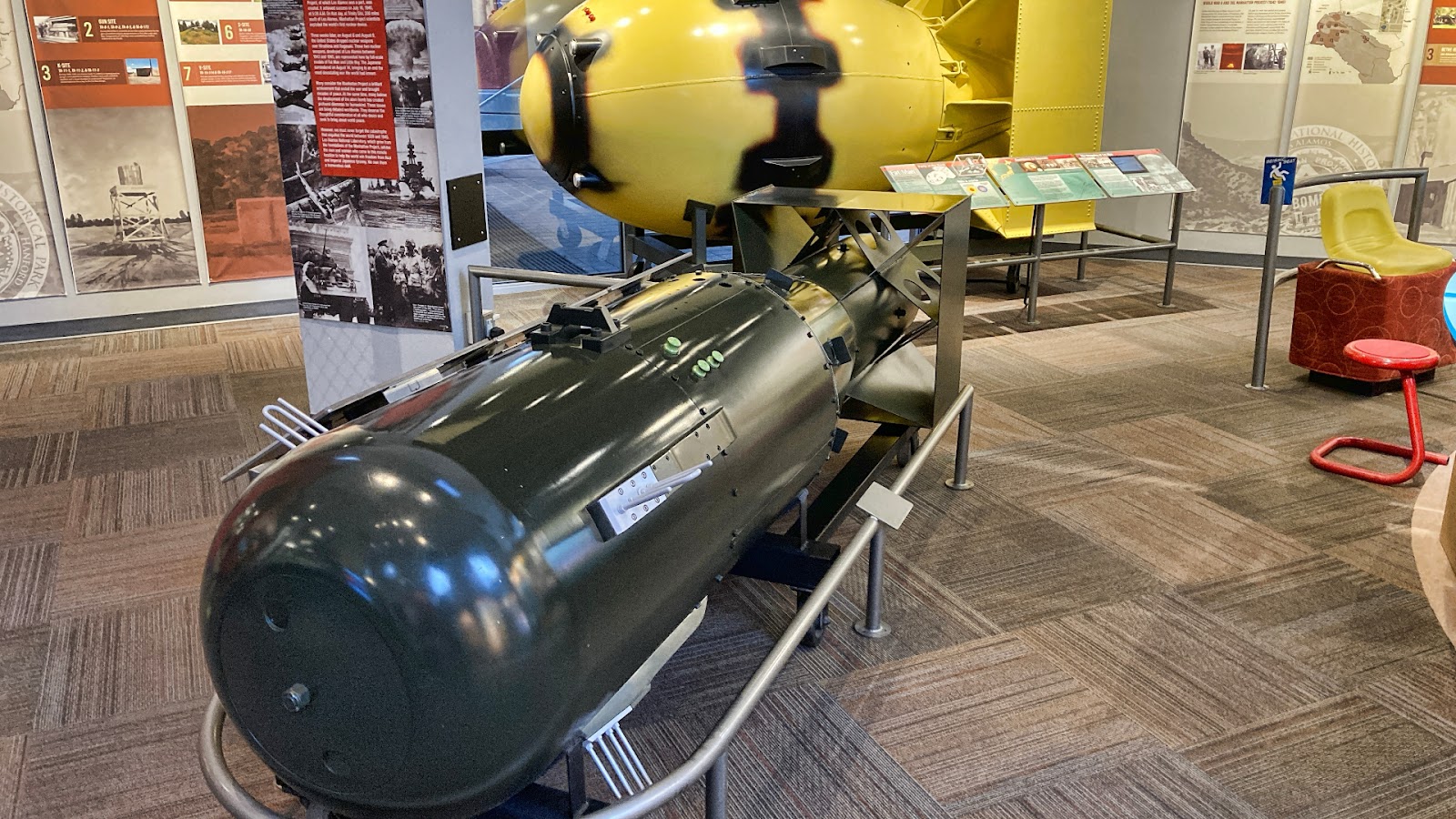
Once just a quiet boys’ school on a mesa, Los Alamos became Manhattan Project’s secret headquarters. These days, visitors come to see where scientists created the atomic bomb.
Bradbury Science Museum lays out the whole story. Hands-on exhibits explain nuclear physics. Real objects from the time give a sense of the people involved.
- Bronze figures of Oppenheimer and General Groves stand outside, showing the complex link between science and the military.
- Nearby Ashley Pond saw the first nuclear reactor come to life.
Fuller Lodge acted as the project’s social hub. Scientists and families met there, grabbing a bite or talking shop. Today these spots look ordinary, but they held world-changing events.
National Museum of Nuclear Science & History, Albuquerque
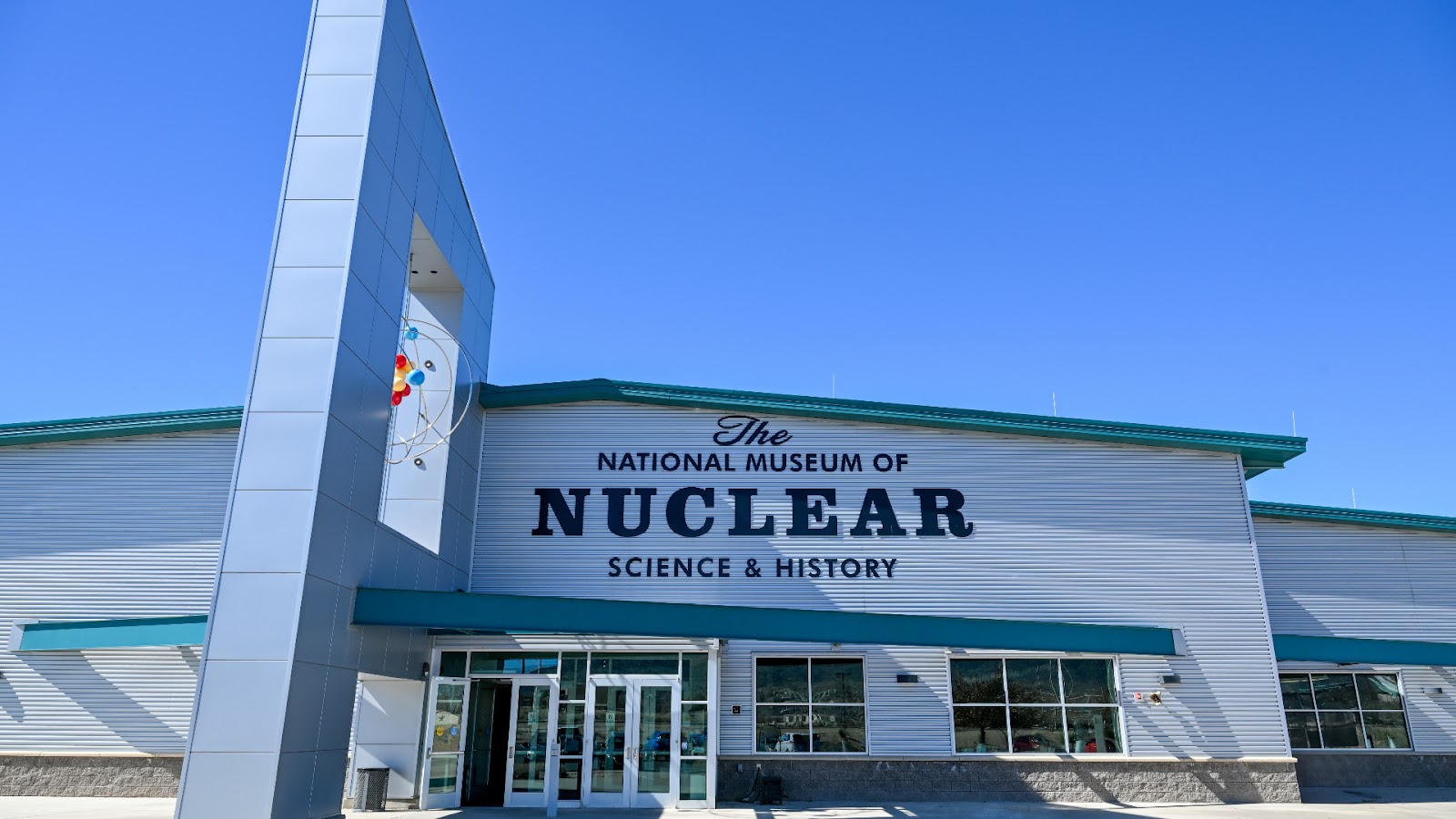
This museum holds one of America’s biggest nuclear collections. Full-scale missiles tower over visitors. Outside, “Atomic Annie” – a huge nuclear cannon – really stands out.
Inside, exhibits show atomic energy’s peaceful uses and military history.
A replica of Trinity Tower shows where scientists hung the first bomb. Interactive displays let people try launching a missile or see how nuclear medicine helps patients.
It isn’t just tech stuff. Real stories from people involved add depth:
- Los Alamos residents sharing experiences.
- Test site workers telling their tales.
- Atomic veterans giving firsthand perspectives.
- Their voices connect visitors to the human side of this history.
Hanford B Reactor, Washington
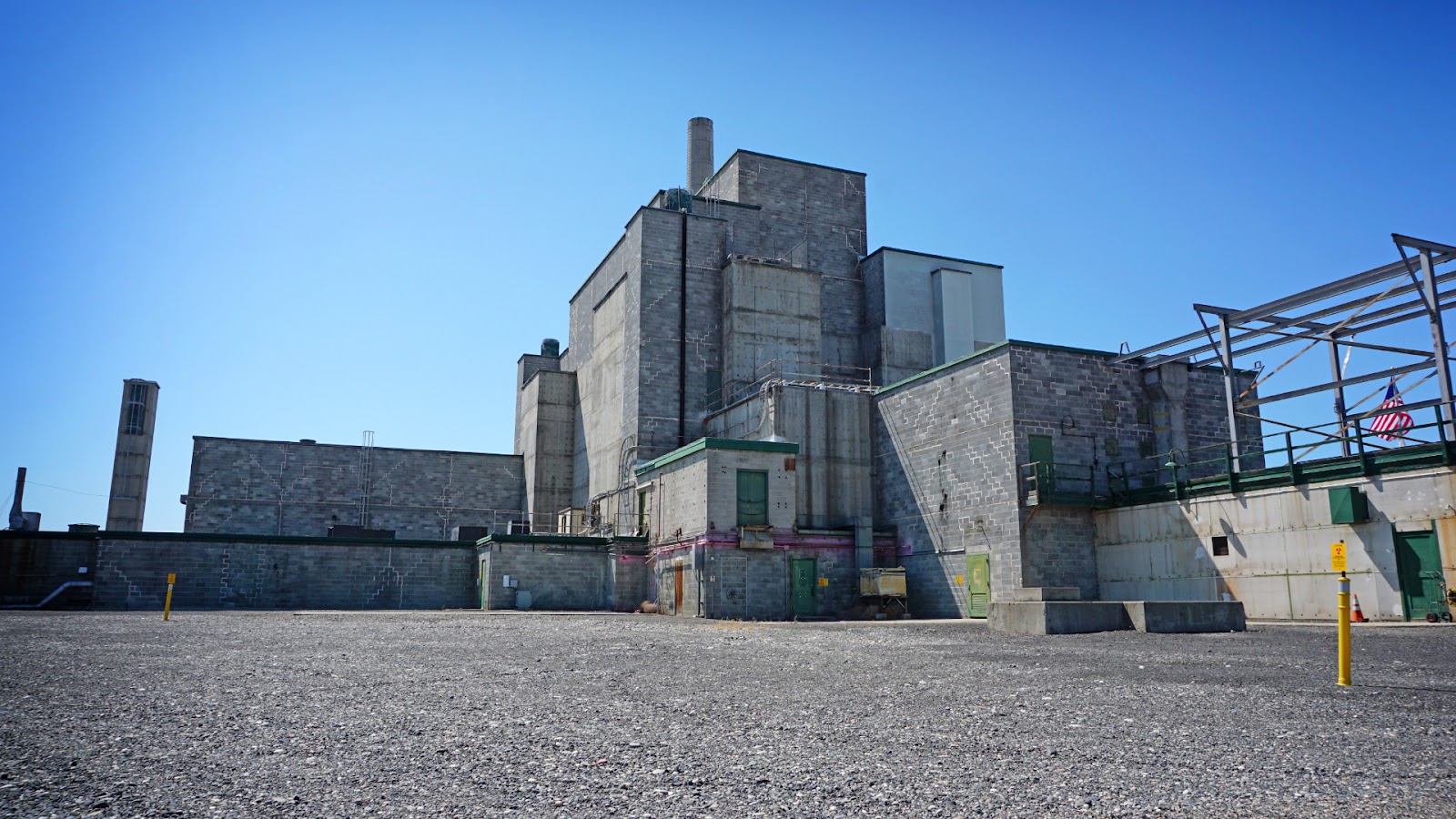
Hanford B Reactor built plutonium for Nagasaki’s bomb. Constructed in secret during World War II, this huge concrete structure shows what US industry could do at full throttle.
Tours let you peek inside. You’ll see the reactor face – a wall packed with thousands of tubes. Workers pushed uranium slugs through these. Operators ran this atomic furnace from a control room; it looks stuck in the 1940s.
Hanford’s story isn’t just about bombs:
- It developed nuclear engineering methods still in use.
- Sadly, it also caused America’s biggest environmental mess.
- Contaminated groundwater and soil will be a problem for many years.
Accidents and Exclusion Zones
Three Mile Island, Pennsylvania
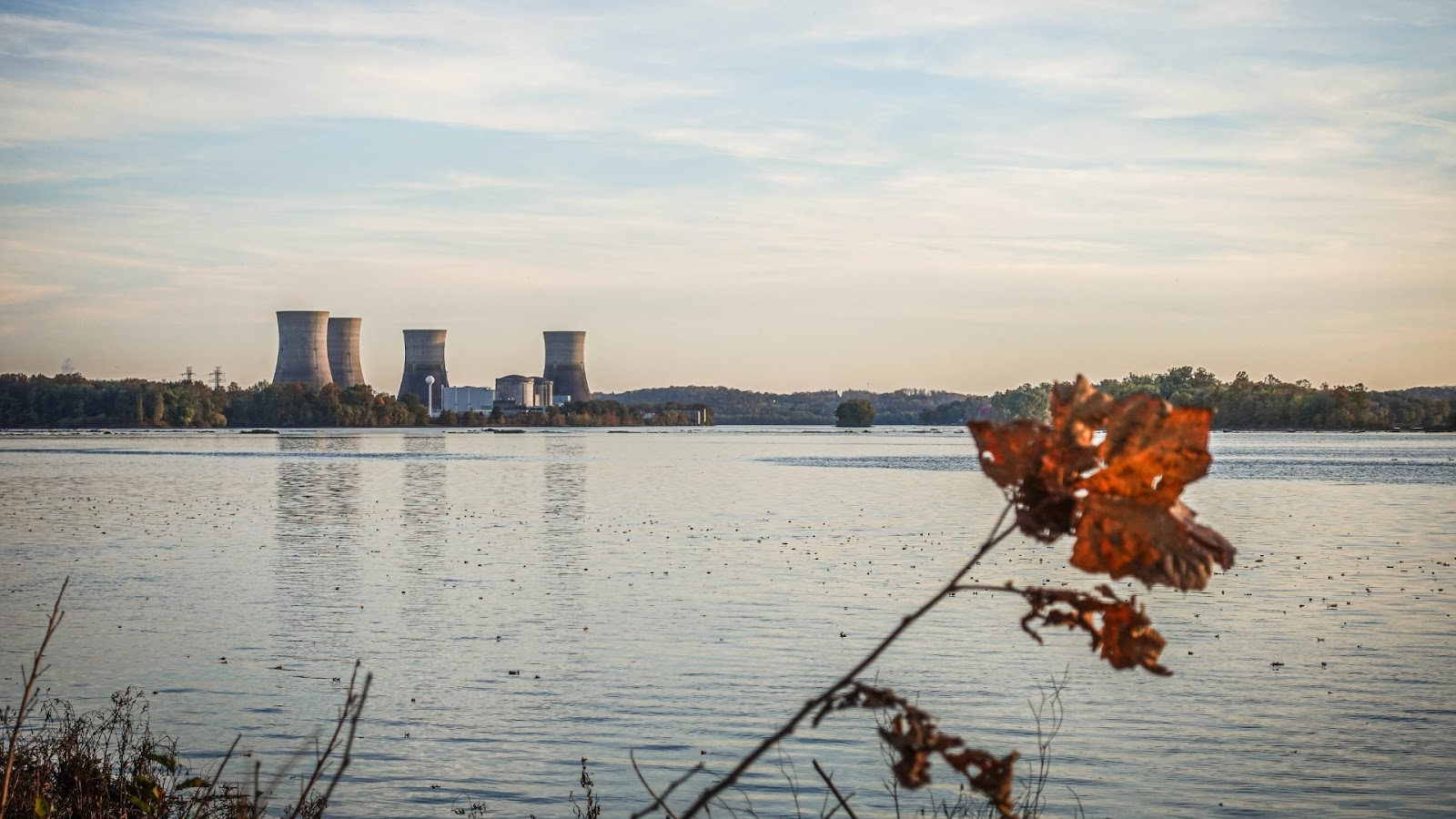
Three Mile Island’s 1979 accident shifted America’s path on nuclear power. A partial meltdown in Unit 2 sparked intense national debates about its safety.
Near the plant, a visitor center details events from those frightening days. Exhibits show how equipment broke down and people made mistakes, combining to create disaster. Interactive displays let visitors feel control room chaos as workers tried to understand failing instruments.
The center offers a balanced view on nuclear energy:
- Some parts point out benefits – like clean power and lower carbon emissions.
- Others focus on potential dangers and different energy options.
People leave understanding nuclear technology’s complexities much better.
Cold War Bunkers and Missile Silos
Titan Missile Museum, Arizona
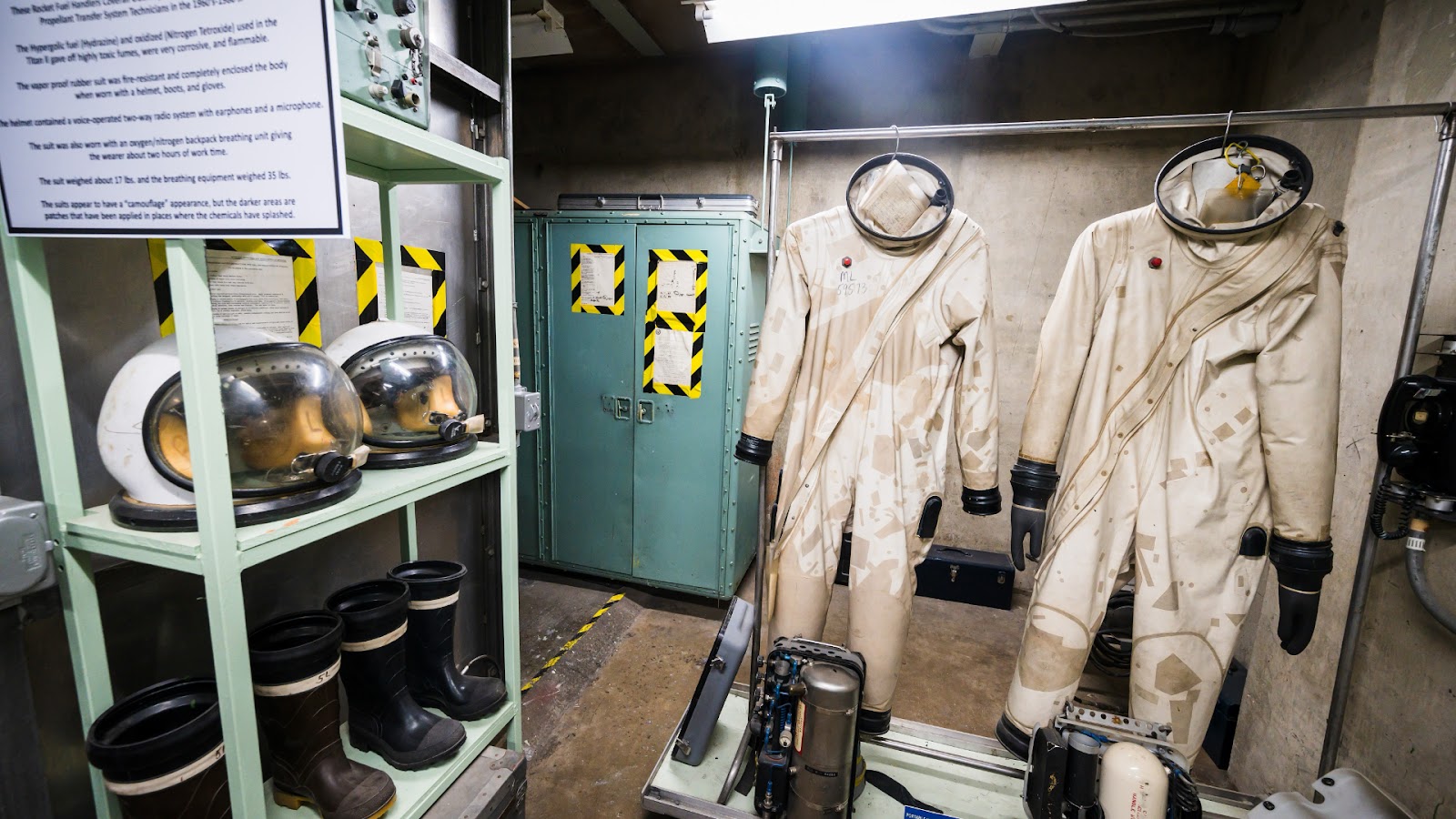
Deep under the Arizona desert, a Titan II missile silo sits frozen in time. It looks just like it did during the Cold War. This underground base held a single, terrifying weapon: a 9-megaton warhead, America’s most powerful.
The “Beyond the Blast Door” tour drops people 35 feet down.
Once inside, visitors find:
- A launch control center where two crew members pulled constant 24-hour shifts.
- The huge missile itself, still standing in its silo (it’s disarmed now). You can touch its cold metal side and picture the devastation it was built for.
- Emergency lights casting strange shadows. Air systems humming away.
- An overall feeling that everything could spring to life instantly, even though its nuclear tip was taken out long ago.
It gives off this vibe of being ready, right now. Pretty eerie.
Minuteman Sites, South Dakota and North Dakota
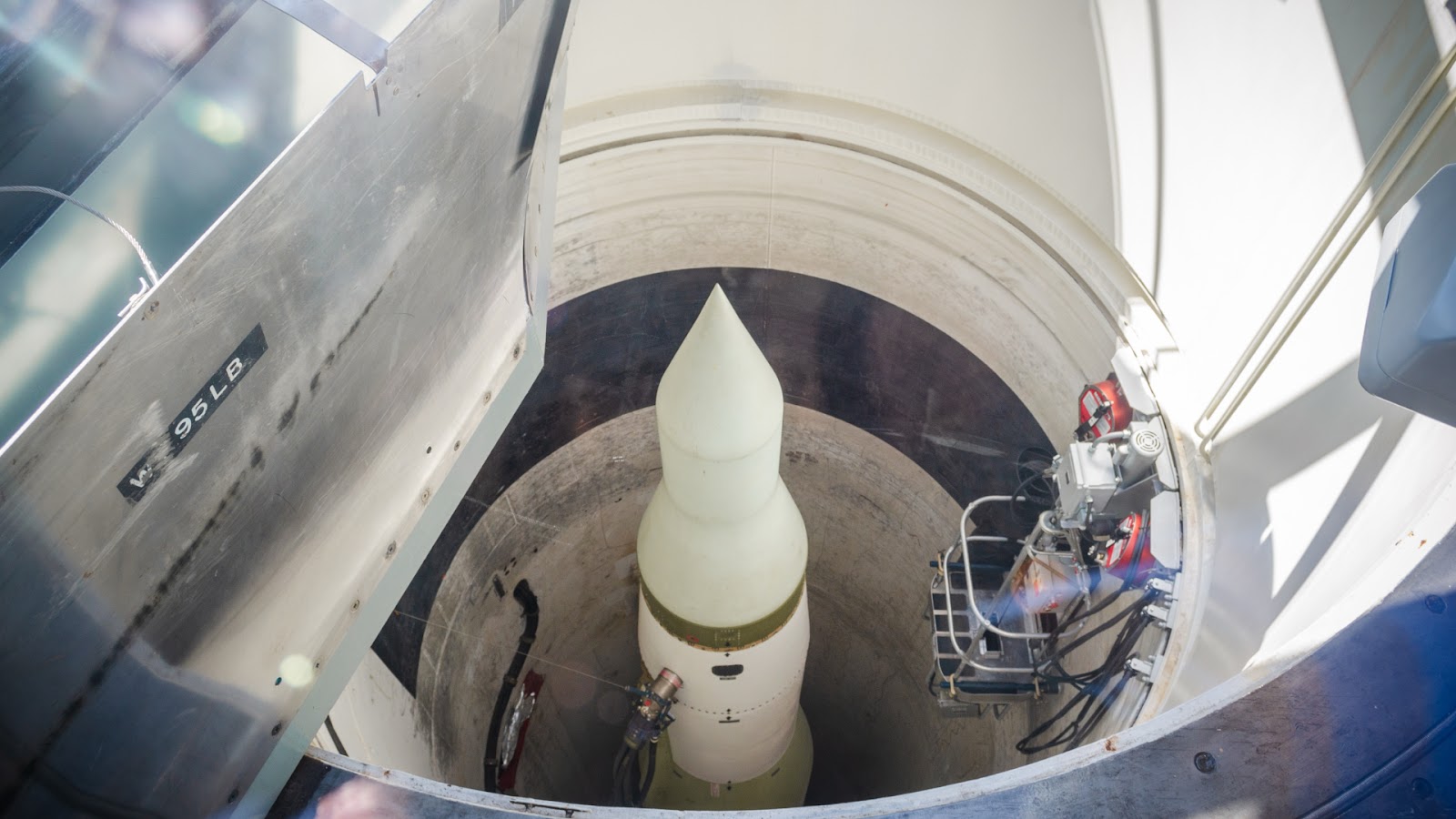
Delta-09 Silo and Oscar-Zero remind us of America’s Cold War nuclear defense. These places held Minuteman missiles ready for launch.
At Delta-09, you see a missile silo above ground. A heavy concrete lid once covered this hole. Now, visitors look through windows into the empty space below. It’s easy to picture the huge 60-foot missile that used to be there.
Oscar-Zero takes you below the surface. Its launch control center hangs on big springs. This protected two officers inside if an attack came. They spent full 24-hour shifts in that small capsule. Launch keys stayed within arm’s reach the whole time.
Key features of Delta-09 Silo:
- View a Minuteman missile silo from the surface.
- See the massive concrete cap that sealed it.
- Look down into the empty silo, imagining the missile.
Key features of Oscar-Zero Launch Control:
- Go underground into the facility.
- Find the launch capsule suspended on shock springs.
- Understand how two officers lived cramped 24-hour alerts.
- Learn launch keys were always nearby.
Beyond the Expected: Unique Atomic Landmarks
M65 Atomic Cannon (“Atomic Annie”)
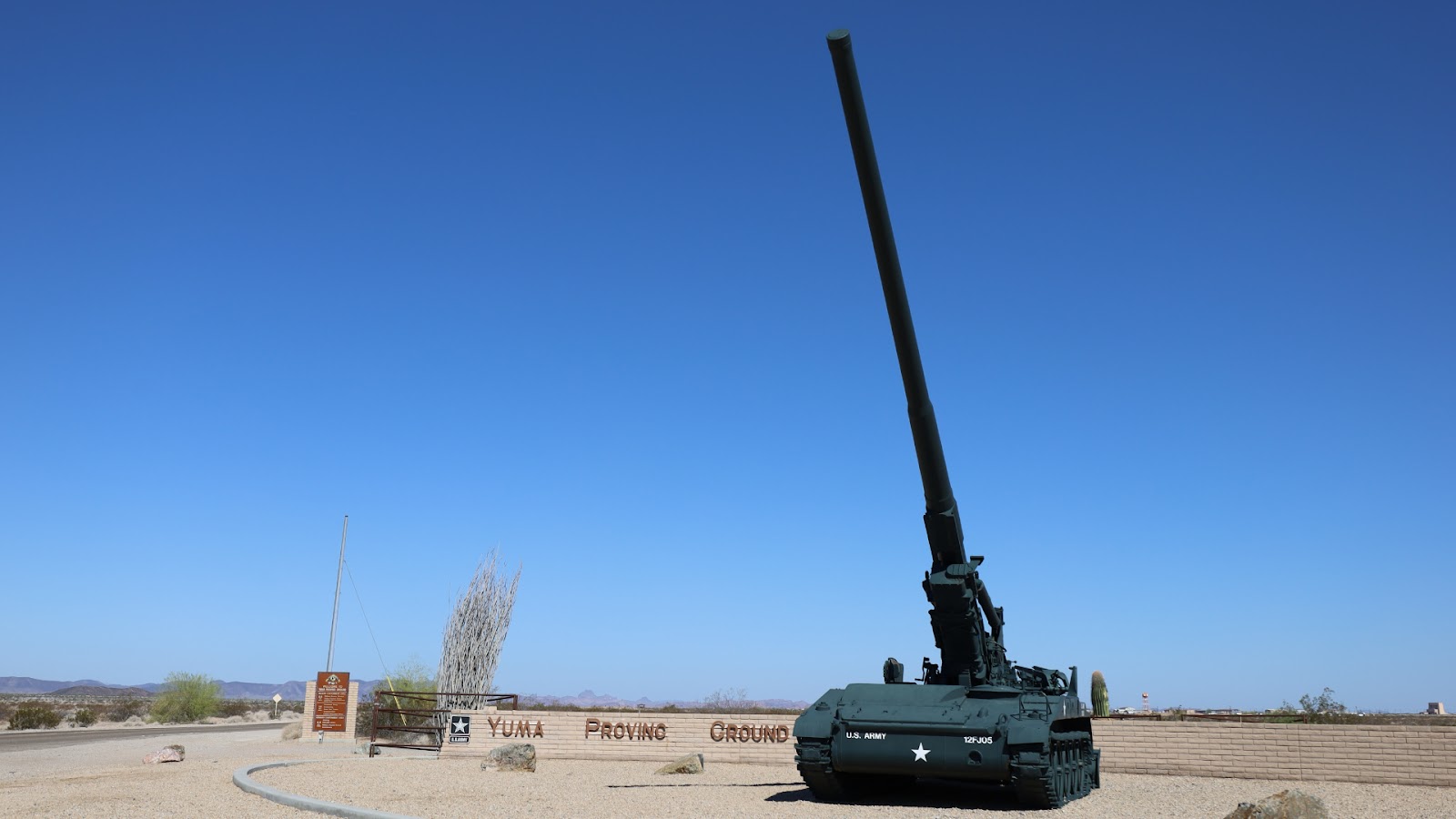
“Atomic Annie” holds a unique place in U.S. history. It fired the only nuclear artillery shell ever used in combat by America. This huge cannon weighed a whopping 85 tons. Its 1953 Nevada test blast showed what atomic weapons could do right on a battlefield.
Three Atomic Annie cannons remain today:
- Junction City, Kansas – On display at Fort Riley.
- Albuquerque, New Mexico – Part of the National Museum of Nuclear Science & History.
- Fort Sill, Oklahoma – Preserved at the Artillery Museum.
Each one points to the same idea: America tried hard to turn nuclear bombs into standard army equipment. That effort didn’t work out. Atomic artillery turned out to be too risky and too clumsy for actual fighting.
Practical Guide for Atomic Tourists
Timing Your Visit
Planning a visit to atomic sites? Be aware they run on tight schedules.
Trinity Site only opens twice a year, in April and November. Expect big crowds – thousands show up. Arriving early is a must on those dates.
Over at Nevada Test Site, tours happen monthly. But you absolutely need to book ahead. Popular months get snapped up fast.
For Bikini Atoll diving, expeditions are seasonal. Weather and logistics dictate when trips actually run.
Key points to remember:
- Trinity: Opens April & November only. Massive crowds – arrive early.
- Nevada Test Site: Monthly tours. Book well in advance, especially for busy times.
- Bikini Atoll: Diving depends on season, weather, and planning.
Safety Considerations
Radiation levels at most atomic tourism spots stay pretty low. Take Trinity Site—background readings there are just a hair above normal. Out in Nevada, you do need to sign a waiver acknowledging possible exposure before visiting the Test Site.
Practical stuff matters too for these trips:
- Sun protection is a must – desert locations get intense.
- Wear comfy walking shoes; terrain can be rough.
- Check photo rules beforehand – some areas restrict cameras.
Ethical Considerations
Atomic tourism’s tricky. It tries to balance learning with something that can feel exploitative. Don’t just snap pictures and leave. Really hear what the guides have to say. Pick up the info pamphlets. Think hard about the tough ethical stuff these places force us to confront.
Memory as a Catalyst for Peace
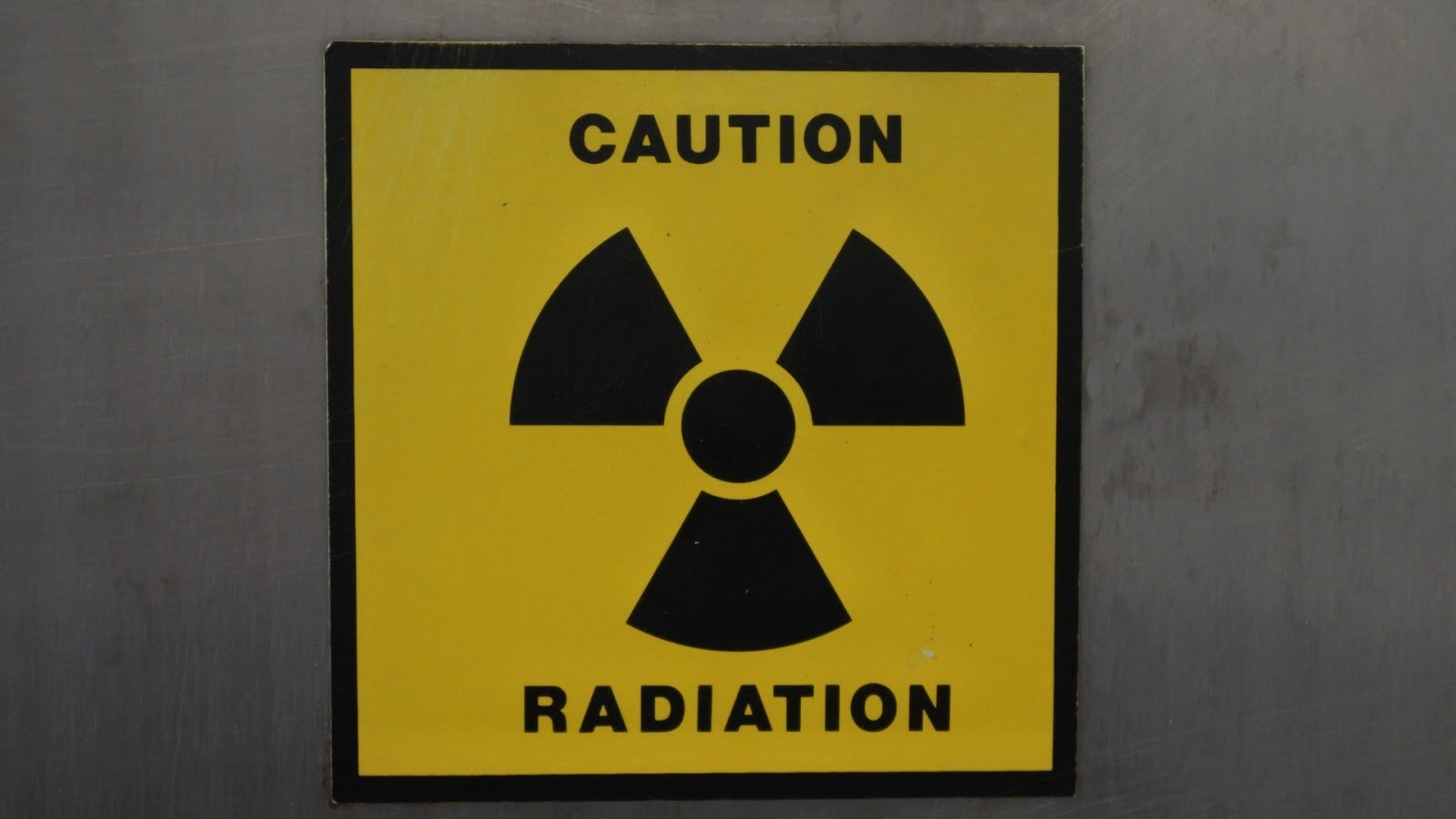
Atomic tourism makes history feel real, not just abstract. Standing at Trinity Site or walking through Doom Town forces you to confront nuclear weapons’ reality. Visits like this can motivate people—maybe to back disarmament, push for peaceful atomic uses, or just share what they learned.
Each location teaches something distinct. Trinity Site reveals science’s sharp double edge. Nevada Test Site lays bare the huge costs of Cold War fear. Three Mile Island shows technology can fail. Taken together, they map humanity’s whole nuclear path.
Go to these places not for spectacle, but to grapple with atomic heritage’s tough complexities. They remind us that nuclear technology, for good or ill, shapes our world today. Grasping this legacy is key for facing an uncertain tomorrow.
These sites keep memories alive as survivors pass on. They teach younger generations about choices made before them. Most crucially, they ask every visitor: What nuclear future should we aim for?
Our atomic age started in American deserts and labs. Its next part is still blank. Journeys into this nuclear past might just help us write a more peaceful ending.
FAQ
Is Atomic Tourism Expensive Or Difficult?
Costs really depend. Visiting Trinity Site itself is free (you just cover getting there). Museums charge regular entry fees. But tours to places like Nevada Test Site, Hanford, or Bikini Atoll are different – they’re often expensive and tricky to arrange. You’ll need lots of planning, must book way ahead, and sometimes meet special rules, like having a dive license or passing security checks. Getting to remote spots also hikes up expenses.
Is It Safe To Visit These Sites? What About Radiation?
Radiation levels at popular atomic tourism spots get monitored. Usually, readings are very low, similar to natural background radiation found anywhere else. Take Trinity Site: levels there are just a bit above normal. Some places, like Nevada Test Site, ask visitors to sign waivers. These acknowledge tiny potential exposure risks. Practical safety steps matter more. Think sun protection and strong shoes for rough ground. Always stick to rules set by each location’s operators. Follow their guidance.
Why Is Access To Places Like Trinity Site So Limited (Only 2 Days/Year)?
This place sits inside the working White Sands Missile Range (WSMR). Letting people in means stopping secret missile tests for safety reasons. That doesn’t happen often. Getting thousands of visitors through safely is tough out here. It’s a remote, active military zone. Pulling it off needs a lot of resources. Those resources are freed up for just short periods.
